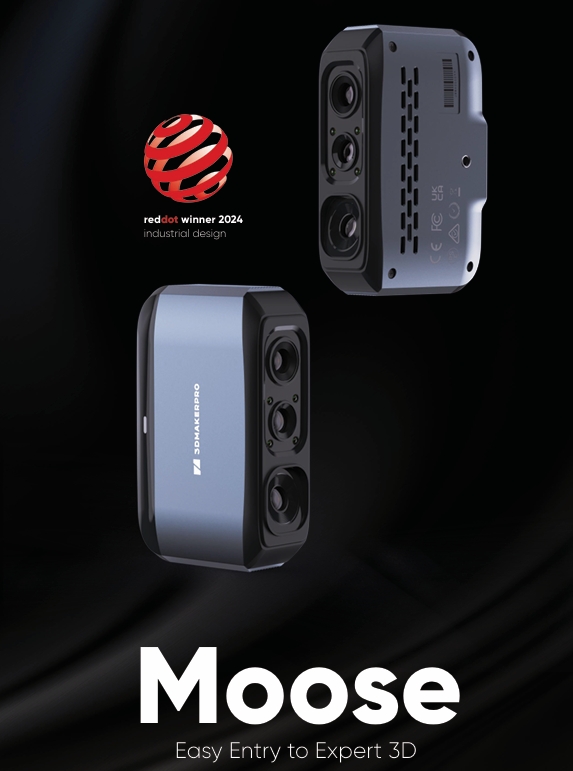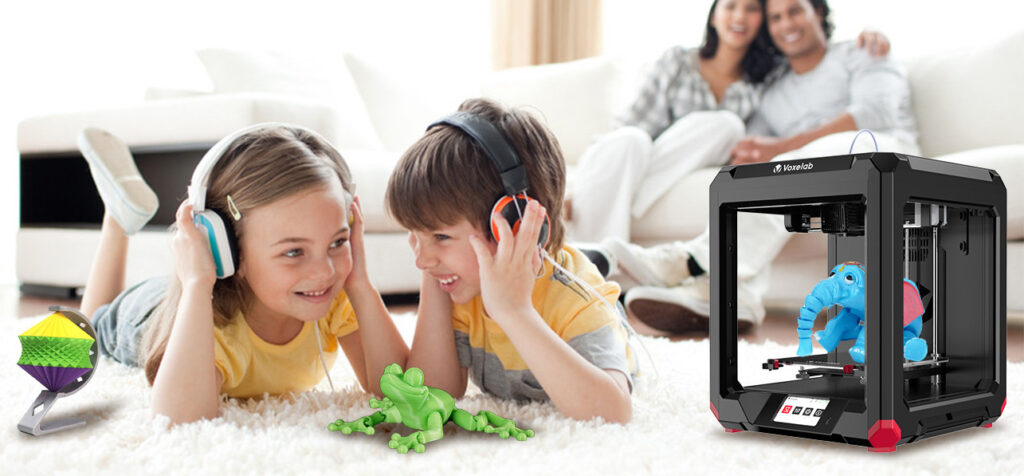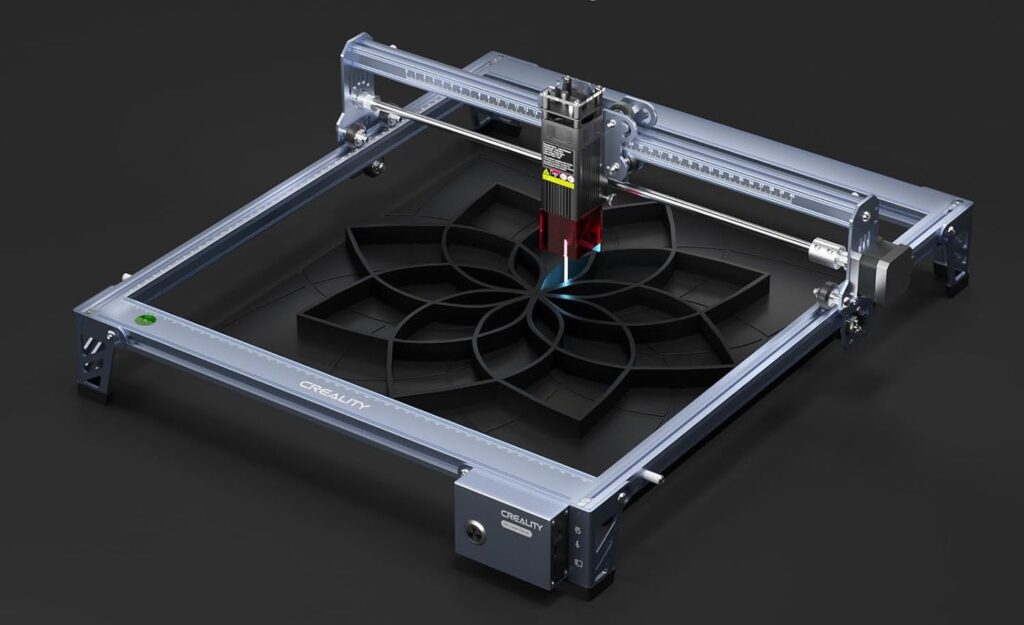3D MakerPro Moose Review: Full-Color Scanning for Professional Results
Discover how the 3D MakerPro Moose full-color 3D scanner transformed my design process with its incredible accuracy, ease of use, and time-saving features.
My 3D Scanning Journey Led Me to the MakerPro Moose
I’ve spent countless hours over the years trying to find the perfect 3D scanner for my design projects. After struggling with expensive professional options and disappointing budget alternatives, I stumbled upon the 3D MakerPro Moose last summer. Five months and dozens of projects later, I’m ready to share my hands-on experience with this full-color 3D scanner.
Let’s be honest – I was skeptical at first. Many scanners promise the world but deliver frustratingly poor results. The MakerPro Moose, however, has proven itself time and again in my workshop.
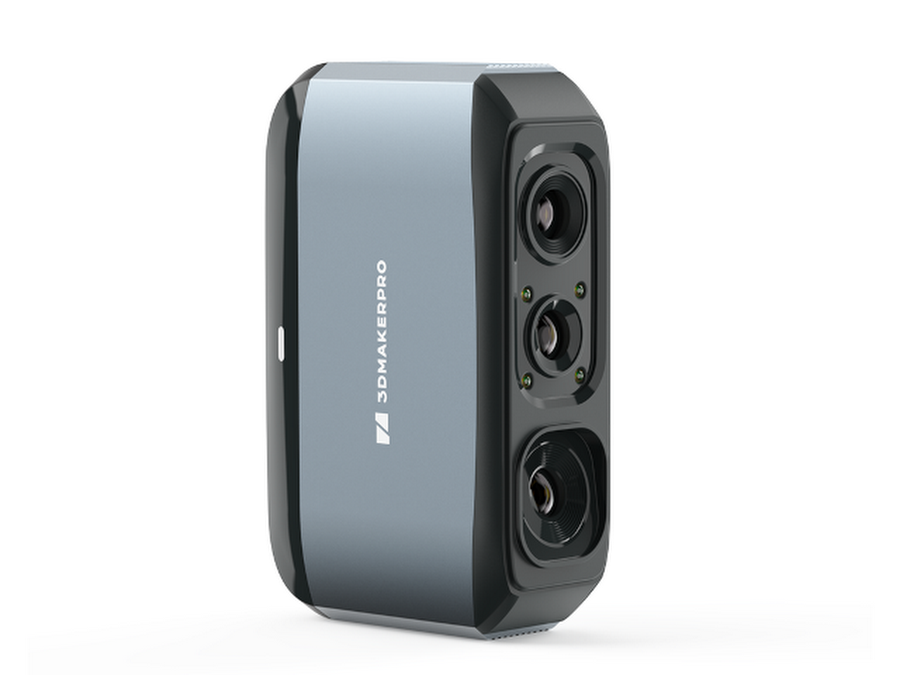
What Makes the 3D MakerPro Moose Stand Out?
When unpacking the scanner, the first thing that struck me was its solid build quality. Unlike other scanners I’ve tested, the Moose feels robust and well-engineered. The hardware specifications impressed me on paper, but the real test would be in actual usage.
The scanner features a high-resolution optical system capable of capturing objects with accuracy down to 0.1mm. This precision isn’t just marketing talk – I’ve verified it repeatedly when scanning detailed items like antique clock components and custom jewelry pieces for clients.
Color reproduction is where the Moose truly shines. Many scanners I’ve used before could handle geometry well enough but struggled with accurate color capture. The MakerPro’s full-color scanning technology reproduces textures and colors with surprising fidelity. This feature alone has saved me countless hours of manual texture work in software.

Real-World Application: How I Use the MakerPro Moose
Last month, I was tasked with reproducing a damaged ornamental piece from a 19th-century chair for a restoration project. The intricate wood carving would have been nearly impossible to recreate manually with the same detail. Using the MakerPro Moose, I scanned the remaining undamaged piece, cleaned up the model in software, and sent it off for CNC milling. The client couldn’t tell the difference between the original and the reproduction.
For product designers, the workflow improvements are substantial. I’ve helped a friend scan prototype iterations of a consumer product design, allowing him to document and refine his designs much faster than traditional methods would allow.

Learning Curve and Software Experience
I won’t sugarcoat it – there is a learning curve with the MakerPro Moose. The included software is powerful but took me about a week to get comfortable with. The manual could certainly be more comprehensive, and I found myself watching tutorial videos to master certain functions.
That said, once I understood the workflow, the process became quite intuitive. The software interface is clean and responsive, with helpful automatic features for mesh cleanup and optimization. The ability to export in various file formats (.STL, .OBJ, .PLY) makes integration with other software seamless.
Scanning Performance: Size, Speed, and Limitations
The MakerPro Moose handles objects from tiny (about 2cm) to fairly large (up to 50cm) with good results. The sweet spot seems to be objects between 5-30cm, where the detail capture is most impressive.
Scanning speed is reasonable – a complete 360° scan of a medium-sized object takes about 15-20 minutes, including multiple passes for areas the scanner might miss initially. Complex geometries with lots of undercuts or reflective surfaces still present challenges, as with any scanner, but the Moose handles these better than other scanners in its price range.
Battery life deserves mention too. The internal battery lasts about 3 hours of active scanning, which has been sufficient for most of my sessions. For longer projects, I simply use the included power adapter.
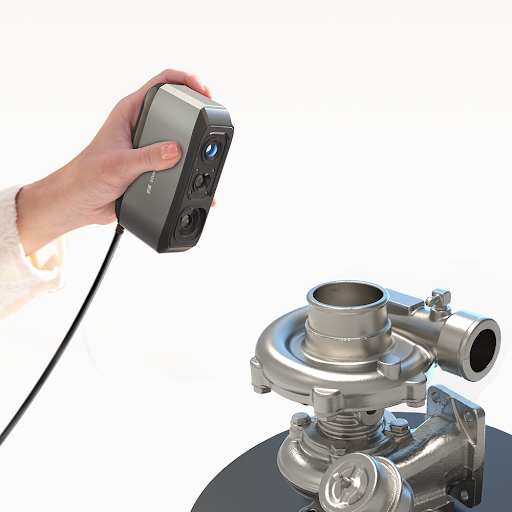
Value Proposition: Is It Worth the Investment?
At its current price point (around $1,200 last I checked), the MakerPro Moose isn’t the cheapest option available. However, after factoring in the time savings and quality of results, it’s proven to be a worthwhile investment for my business.
Prior to owning the Moose, I would spend hours manually measuring and modeling objects or outsourcing 3D scanning to a service bureau at considerable expense. The scanner paid for itself within months through increased productivity and new project opportunities.
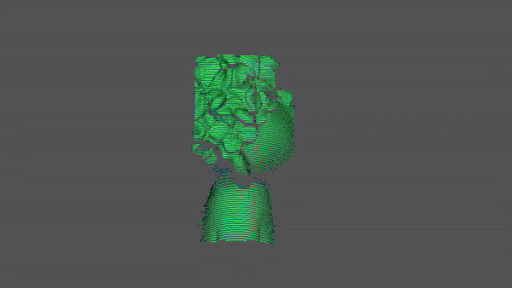
Who Should Consider the 3D MakerPro Moose?
From my experience, this scanner is ideal for:
- Product designers needing to digitize prototypes
- Artists and craftspeople working with physical-to-digital workflows
- Restoration specialists documenting and reproducing historical items
- Small businesses offering 3D scanning services
- Hobbyists serious about 3D printing and design
If you’re just casually interested in 3D scanning, there are cheaper options available. But for anyone who values accuracy, color fidelity, and reliable performance, the MakerPro Moose deserves serious consideration.
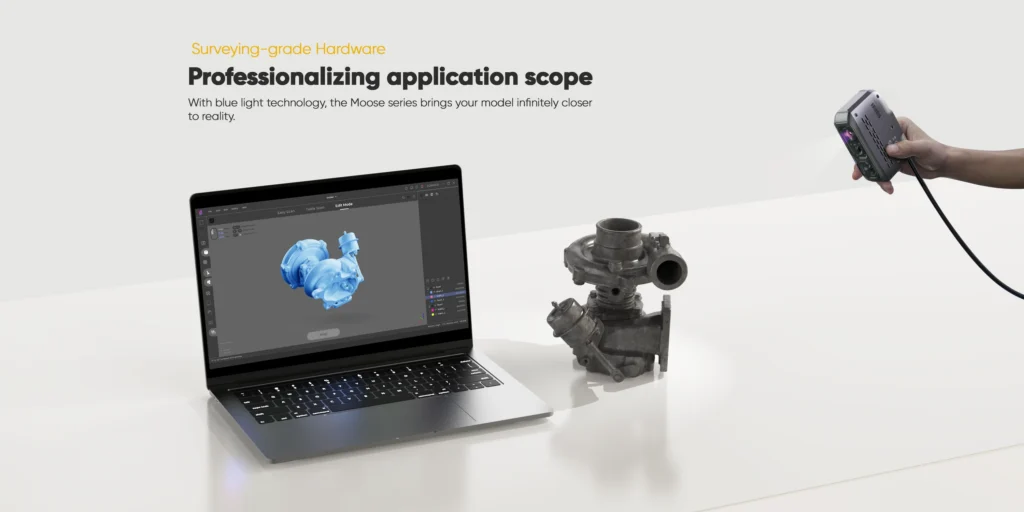
The Little Things I’ve Come to Appreciate
After extended use, it’s often the small details that make or break the experience with a tool. The MakerPro’s intuitive calibration process takes only about 3 minutes and remains stable for weeks. The scanning software remembers previous settings, streamlining repeated tasks.
The included hard case has protected the scanner during several off-site jobs. The manufacturer’s support team responded promptly to my questions about handling particularly challenging materials.
Final Thoughts: A Valuable Tool for the Right User
No scanner is perfect for every situation, but the 3D MakerPro Moose has earned its permanent place in my creative workflow. Its combination of accuracy, color reproduction, and reasonable learning curve makes it a standout option in the increasingly crowded 3D scanner market.
If your work involves bridging the physical and digital worlds, and you need reliable color scanning capabilities, I can confidently recommend giving the MakerPro Moose a closer look. It’s transformed how I approach design challenges and opened up new possibilities for my projects.
Disclaimer: While I genuinely use and recommend this product, this article does contain affiliate links. If you purchase through these links, I receive a small commission at no extra cost to you. This helps support my work and allows me to continue providing honest reviews of tools I use in my design practice.
